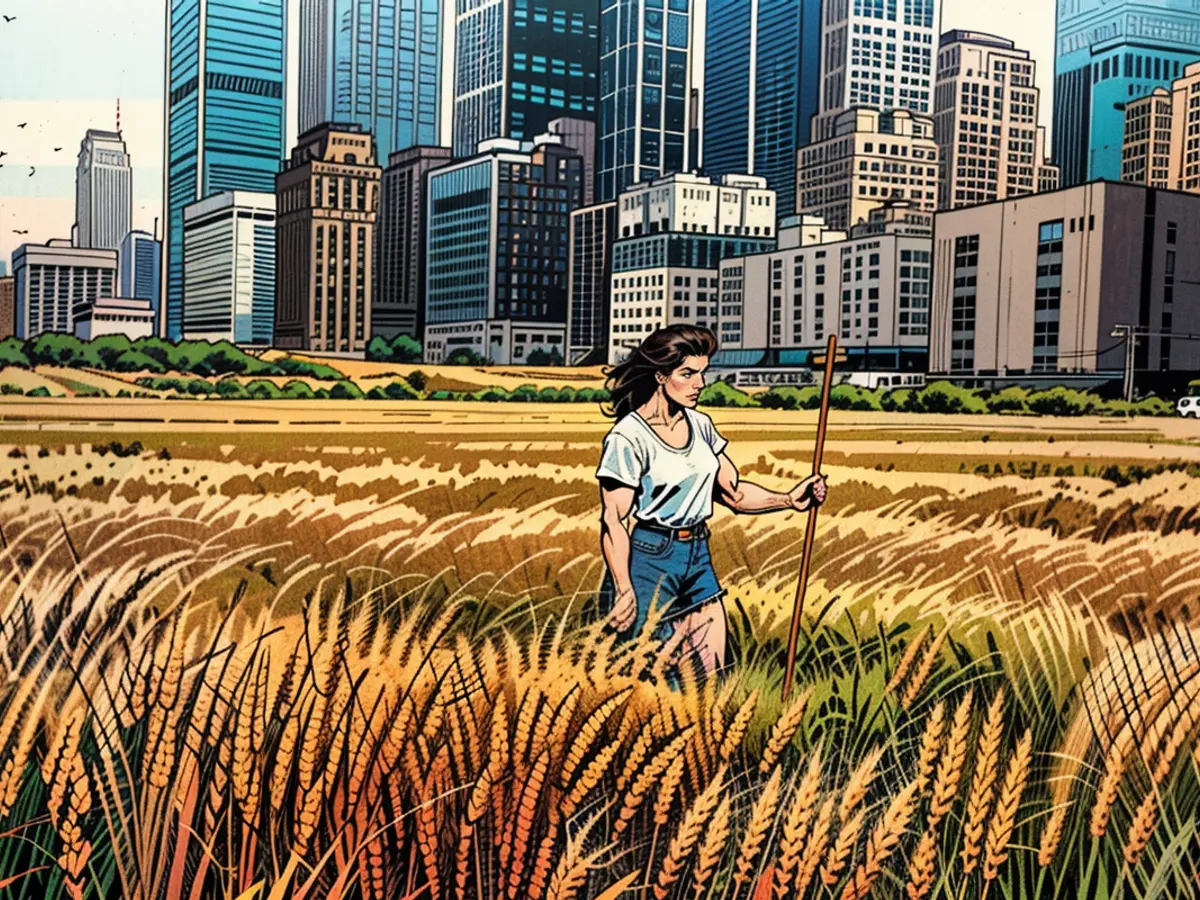An artist trailblazer sowed two acres of wheat in the heart of New York City as a form of defiant protest. A fresh crop emerges anew.
"Wheatfield Rebellion Unleashed" is the title given to a project by the New York-based artist, Agnes Denes, who planted a wheat field in the United States for the first time since her stay in 1982 in Battery Park City with volunteers, cleaning a landfill to prepare it for the wheat crop. This was noticed by numerous onlookers, including CNN, and appeared magnificent amidst the Twin Towers' backdrop. The artwork was a civic protest, urging decision-makers to reconsider their use of land and humanity, long before environmental concerns became mainstream. The project has been revived internationally, including in Milan in 2015 and at Art Basel in Switzerland this month, alongside the Montana field.
In Montana, Denes, partnered with Tinworks, an arts organization based in Bozeman, aims to cultivate a sense of community. Although wheat isn't foreign to Montana, the leading agricultural state of the country, it represents the shifting landscape as urban centers expand and food security becomes a concern due to climate change.
Referring to a video call, Denes mentioned, "Wheat is amazing — it feeds humanity and is probably the second most planted food after rice. It's a great metaphor." She further explained that the initial "Wheatfield" was aimed at challenging those leading the world to reconsider land usage and humanity. Conversely, this new Wheatfield seeks to unite people.
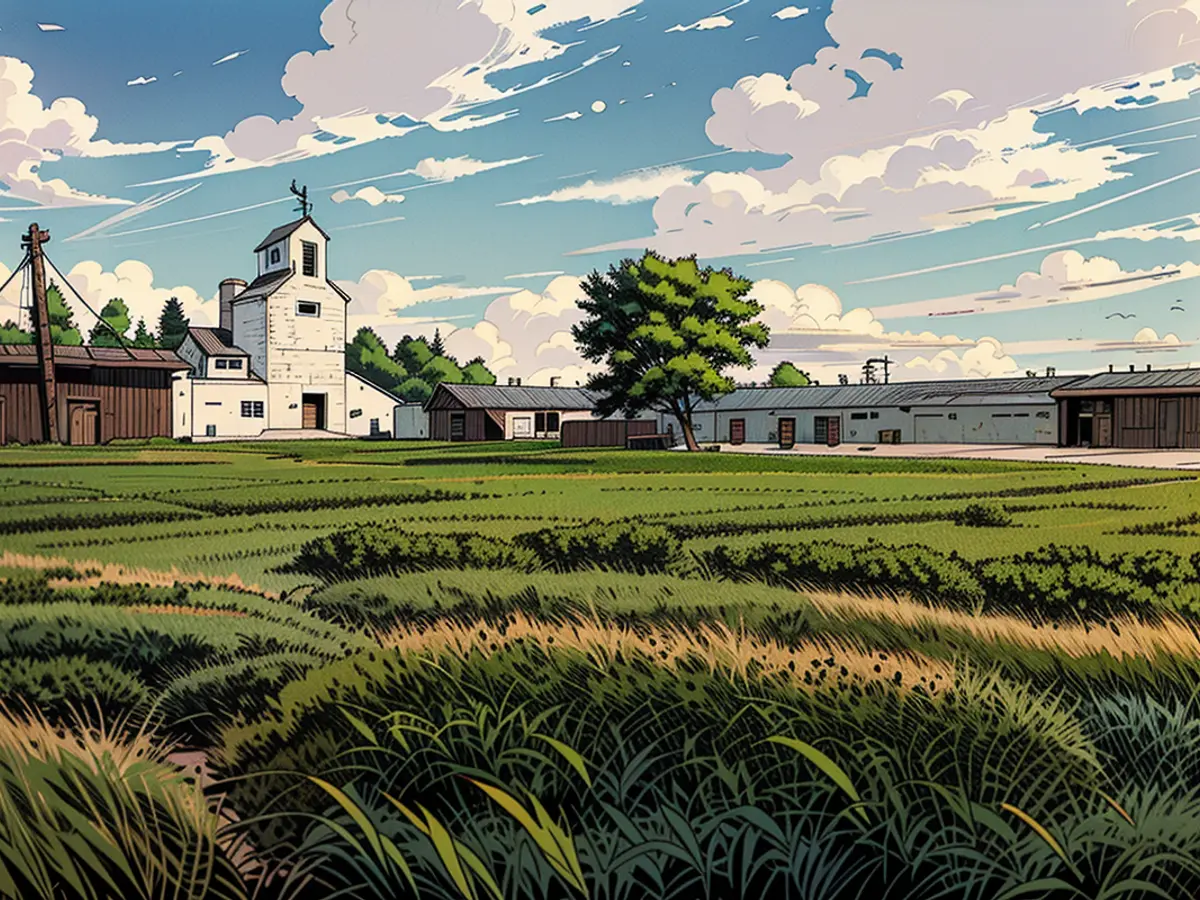
Denes, Tinworks, and the Bozeman community have engaged in this effort by collaborating with residents, students, and local businesses. In the fall of last year, approximately 50 individuals cleaned up the site (owned by Tinworks) and planted winter wheat, guided by a fifth-generation farmer from Bozeman, Kenny Van Dyke. Participants will tend to the wheat manually until September, and students from Montana State University's plant sciences department, partners in the project, will harvest the crop. Local bakeries will use the ensuing flour in their goods and support regional food banks, according to Jenny Moore, director of Tinworks.
With help from Tinworks, Denes distributed around 200 packets of wheat seeds to community members to encourage the growth of wheat around the city, expressing solidarity with the project. Though the wheat has taken root, unusually warm weather in December and January led to minimal snowfall for the winter crop's survival. At the time of the interview with Moore in February, the field's future seemed uncertain.
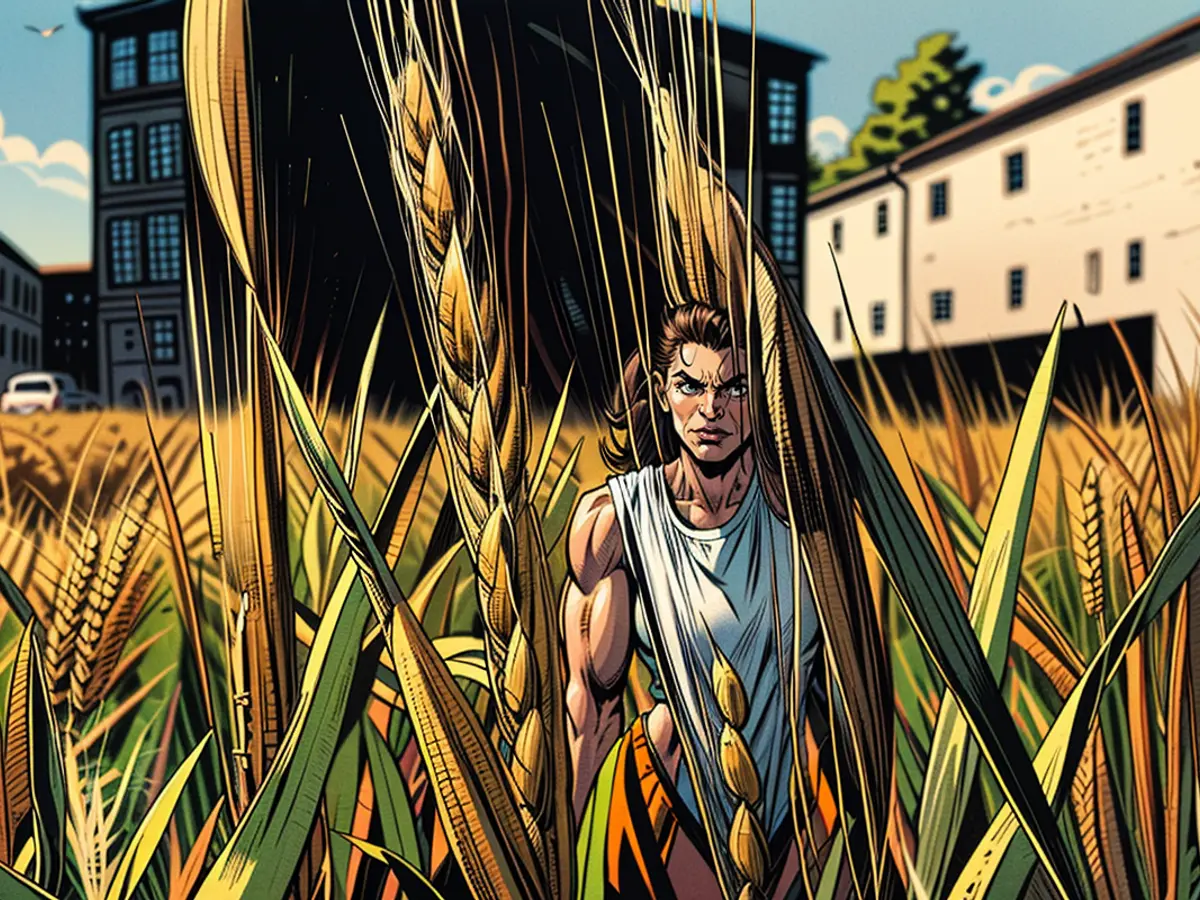
Denes has been a prominent figure in eco-art throughout her career, focusing on pieces that combine human intellect with nature's majesty. Her work is unapologetically provocative, aiming to inspire and, at times, forewarn about the pressing need for art to improve humanity.
For instance, her historic project "Tree Mountain" involved planting 11,000 trees, arranged in a spiral that follows the sunflower seeds' growth pattern, mirroring the golden ratio. Each tree belongs to the individual who planted it, embodying our shared responsibility for our planet.
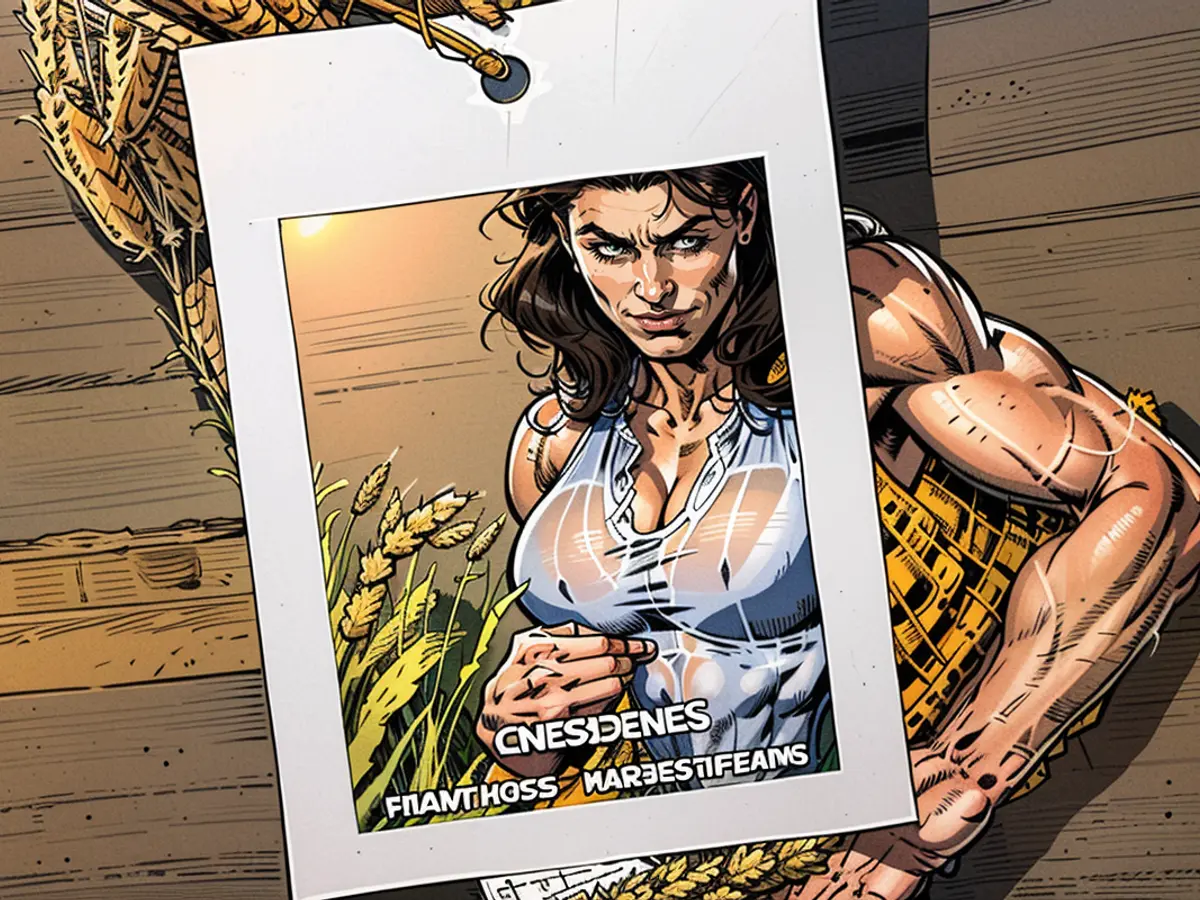
Her projects aim to generate conversations both globally and through time. "I'm the most impractical person you ever want to meet," she declared. "It never comes into question of how difficult it's going to be... I know it’s practical, because it’s made for humanity." Despite her remarkable volume of concepts and ideas, only a fraction of them have seen realization in her lifetime, leaving most to be experienced through written pieces or models. Many unrealized ideas include plans to bury time capsules in Antarctica's glaciers or designing a silent, flying aircraft to study bird movements.
"People know me finally — (but) after working 60 years or 70 years, they know me on three or four projects. That's it," she lamented. "Can you imagine if I could have realized 20 or 30?"
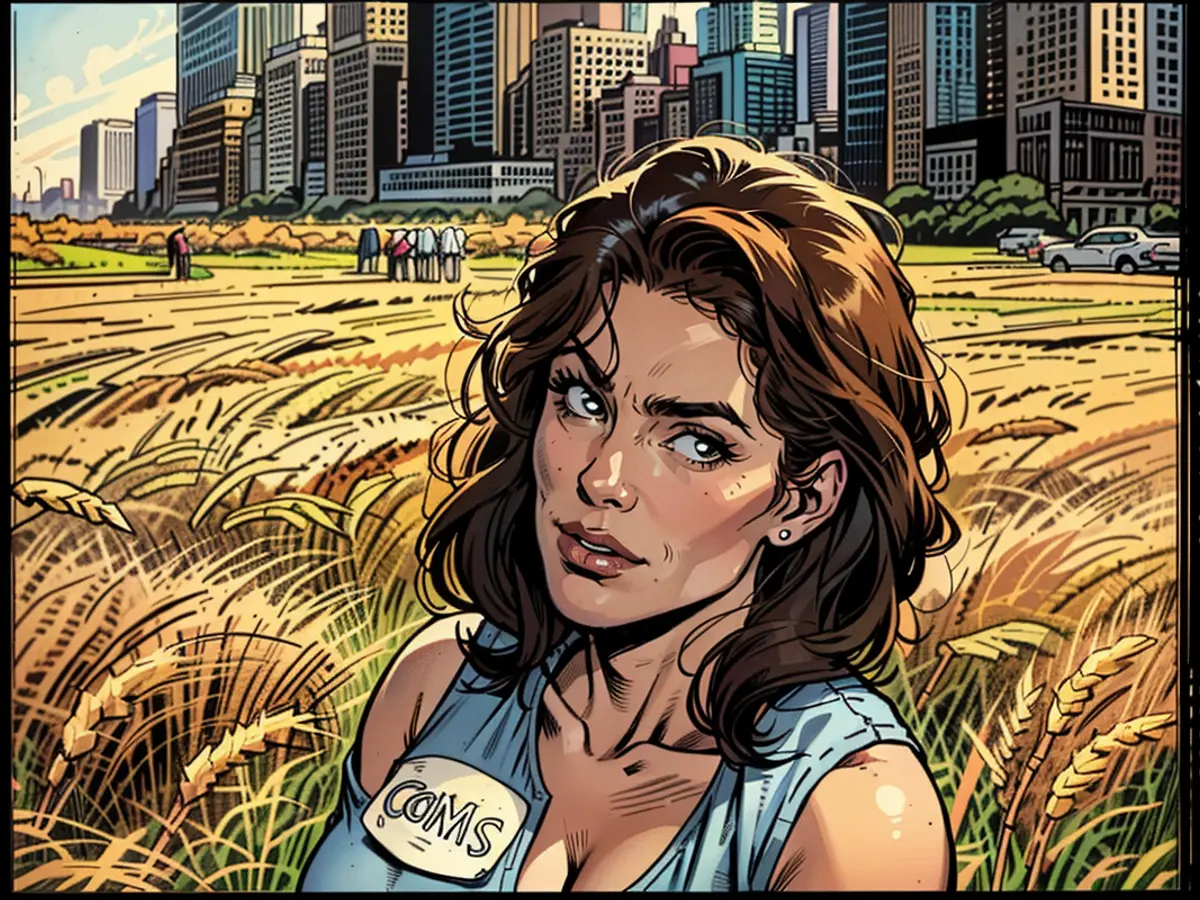
In a similar vein to "Wheatfield", symbols hold great power for Denes. Her initial recognized piece was a clandestine performance held in Sullivan County, NY, in 1968, where she sowed rice seeds as a symbol of life, interlocked trees to depict decay, and buried a haiku to symbolize higher intellect – these ideas, she declared, exist in a triangular relationship. Nearly a decade later, she was asked to recreate this performance at Artpark in Lewiston, where she cultivated half an acre of rice on Niagara Gorge above the falls.
More recent times have seen the emergence of the "Living Pyramid" on Long Island, NY, in 2015, Kassel, Germany in 2017 for Documenta, and Istanbul in 2022. Constructed from rows of greenery ascending into a breathtaking pyramid, the plants grew throughout the exhibitions, ultimately being given away to attendees. Pyramids have frequently appeared in her work as a means to convey her thoughts; a 17-foot model of her exploration of towering, radiant "Crystal Pyramid", designed to correspond with Egypt's famous luminous wonders, was displayed at her retrospective at The Shed in NY from 2019-2020.
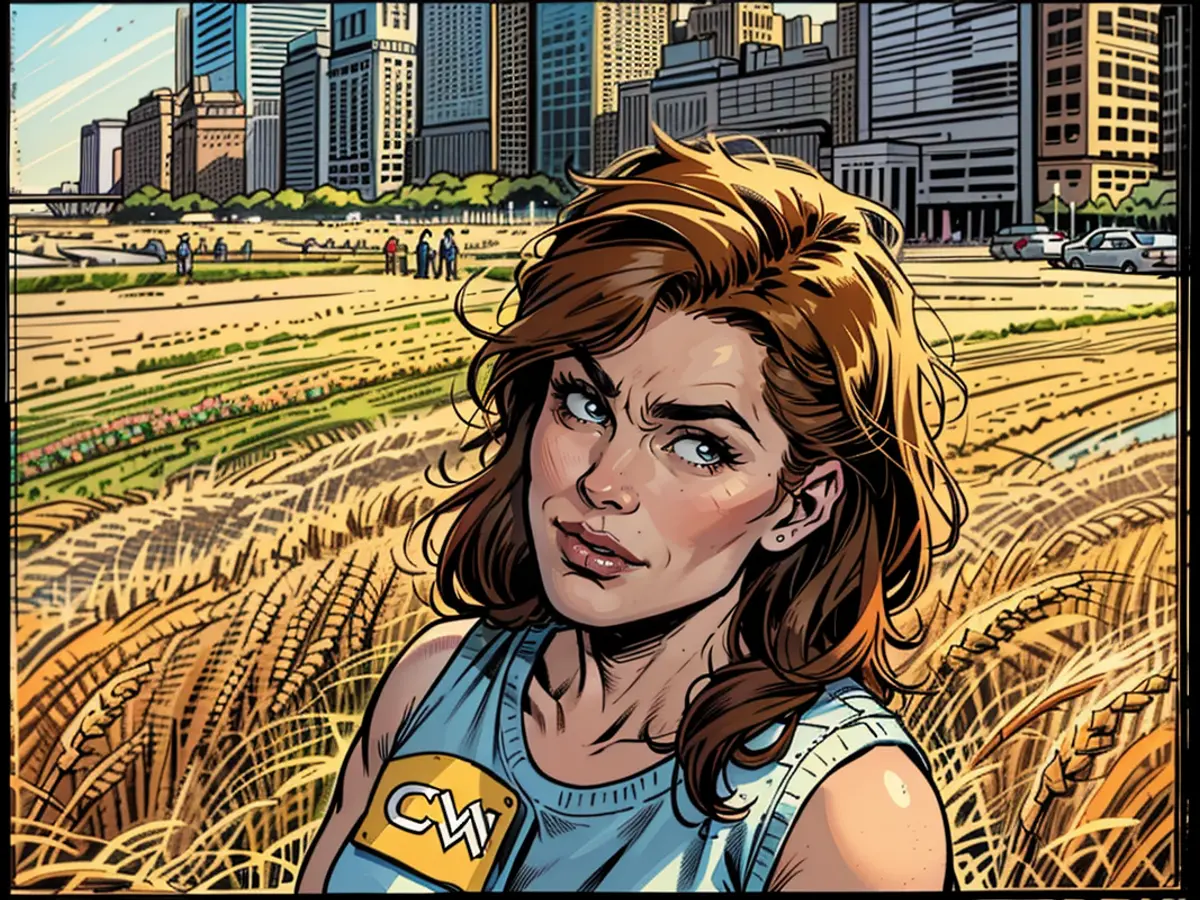
"Wheatfield – An Inspiration", much like all her work, aims for subtlety and facilitates change by empowering visitors and contributors with meaningful takeaways.
"There's a lot of pointless, annoying political art around. I want to affect people in the most subtle fashion," she shared. "I want people to become more sensitive, to trust in themselves – that's political. But... it's not about turning people into adversaries, or looking down upon others."
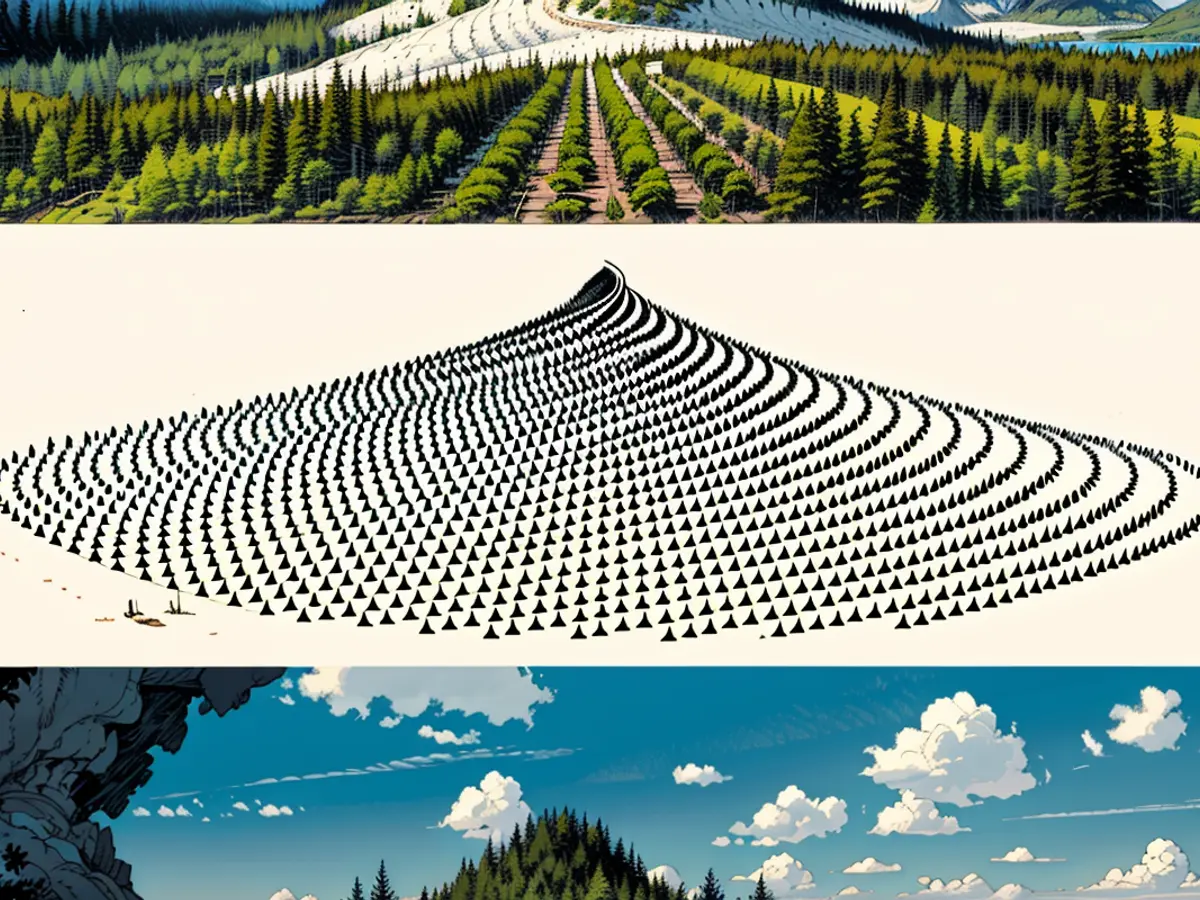
Denes has left a lasting impact across the globe, with messages buried deep within the earth and forests carefully designed as testaments to a brighter tomorrow. She continues her work even now in her nineties, seeking approval for new projects – such as a 117-acre forest in a Queens, NY landfill, which she hopes to breathe life into, rather than seeing it transformed by developers. All these creations, she hopes, will outlive her – either physically or ideologically.
"I'm planting ideas in people's minds, along with wheat," she said of "Wheatfield".
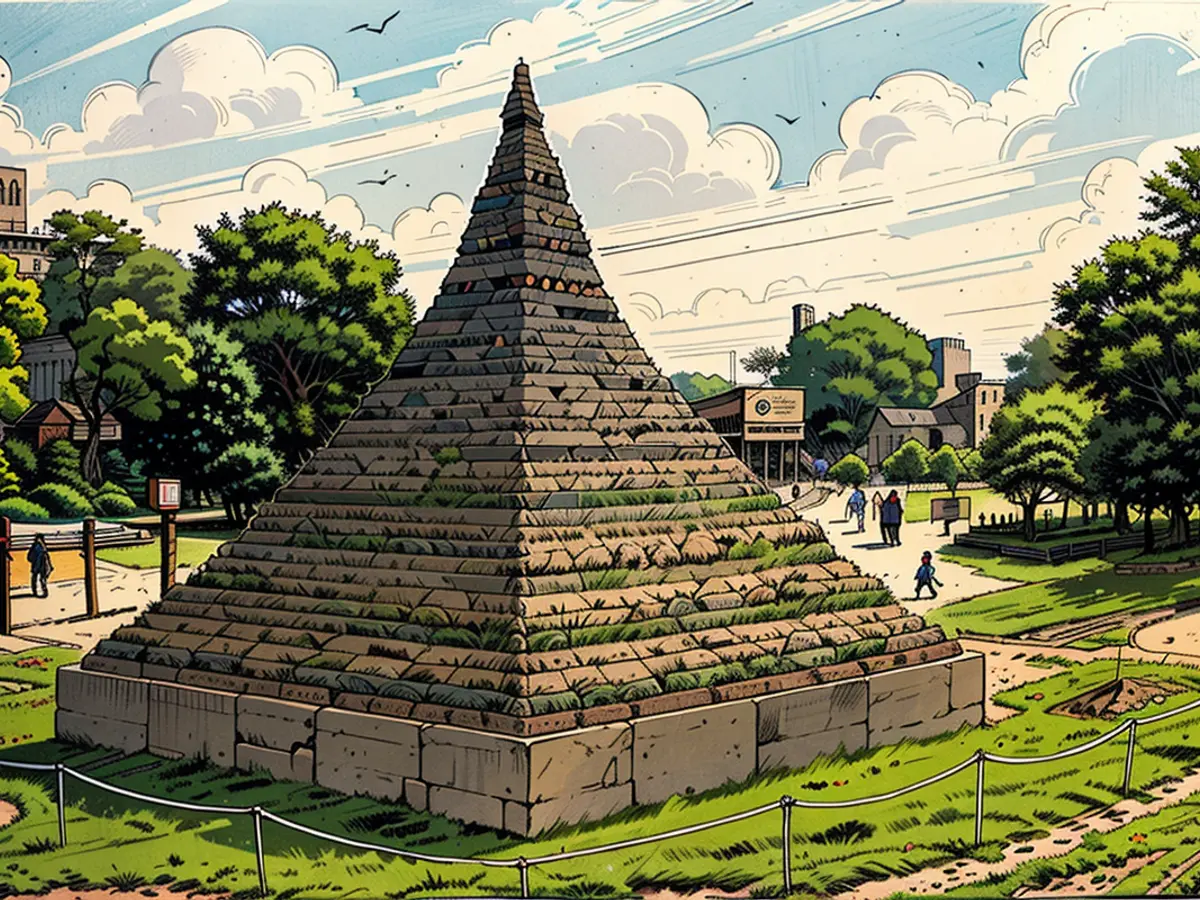
"Mining in people's minds takes time", she chuckled. "I'm a mind-miner."
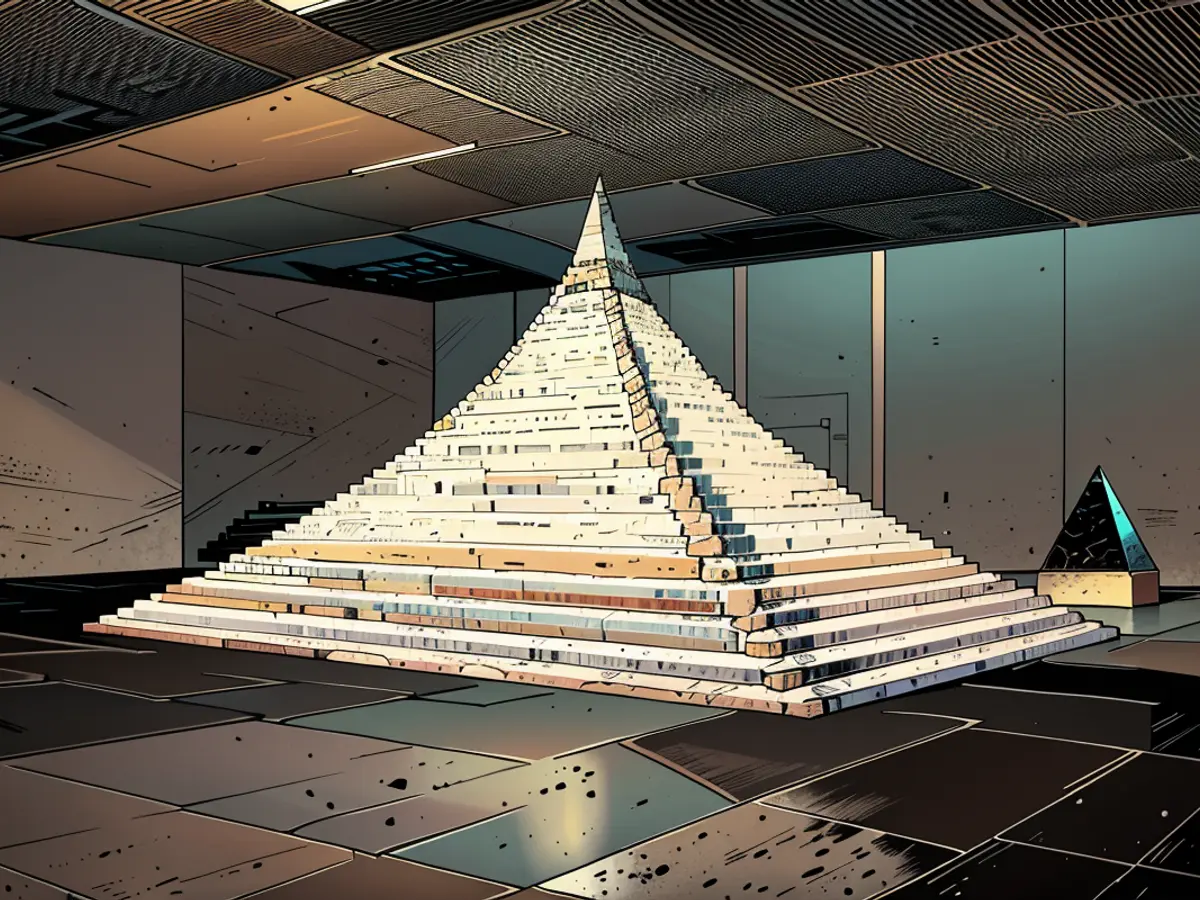
Read also:
The project "Wheatfield Rebellion Unleashed" by Agnes Denes showcases her unique style in eco-art, as she challenges the use of land and promotes food security through wheat cultivation.
In Montana, Denes' latest Wheatfield collaboration with Tinworks and the community highlights the shifting urban landscape and the importance of wheat in both agriculture and artistic expression.
